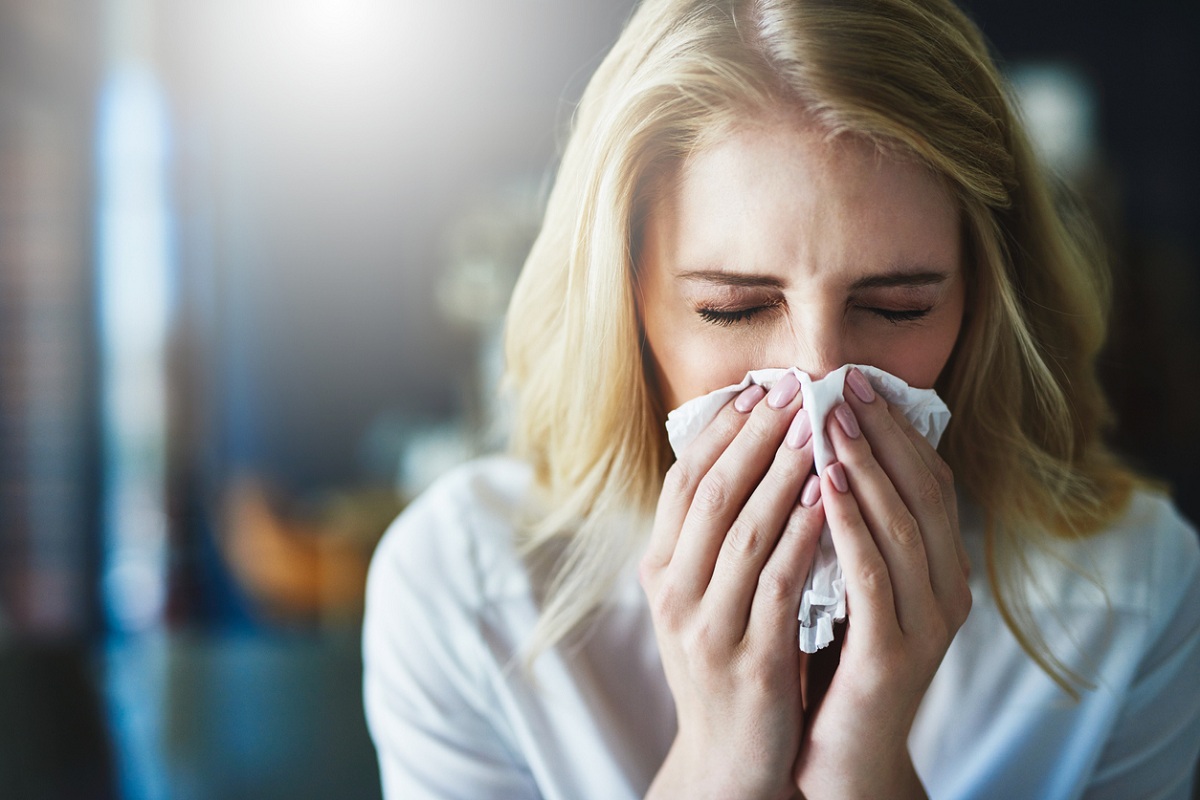In a major study, researchers have claimed that infectiousness peaks early in Covid-19 patients, highlighting the need to quickly identify and isolate cases before the virus spreads.
Systematic review and meta-analysis of three human coronaviruses, published in the journal The Lancet Microbe, suggests that people infected with coronavirus are most likely to be highly infectious in the first week after symptom onset.
Advertisement
The report used meta-analysis to assess 98 studies on Covid-19, SARS and MERS.
The researchers studied all three diseases was to determine why Covid-19 has spread more rapidly than the earlier diseases.
“This is the first systematic review and meta-analysis that has comprehensively examined and compared viral load and shedding for these three human coronaviruses,” said study lead author Muge Cevik from the University of St. Andrews in the UK.
“It provides a clear explanation for why SARS-CoV-2 spreads more efficiently than SARS-CoV and MERS-CoV and is so much more difficult to contain,” Cevik added.
The researchers included 98 studies that had five or more participants, cohort studies, and randomised controlled trials, 79 focussed on SARS-CoV-2, 73 of which included hospitalised patients only, eight on SARS-CoV, and 11 on MERS-CoV infection.
From these studies, the authors calculated the average length of viral RNA shedding and examined the changes in viral load and the success of isolating the live virus from different samples collected throughout an infection.
Analyzing the results from the SARS-CoV-2 studies showed that the average length of time of viral RNA shedding into the upper respiratory tract, lower respiratory tract, stool and serum were 17 days, 14.6 days, 17.2 days, and 16.6 days, respectively.
The longest length of time that RNA shedding lasted was 83, 59, 35 and 60 days, respectively.
Of the eleven studies that attempted to isolate the live virus, all eight studies included that used respiratory samples successfully managed to culture viable virus within the first week of illness.
Of the studies that also measured RNA viral load, these demonstrated a link between the success of isolating the live virus with viral load levels.
No study included in this systematic review managed to successfully isolate live virus beyond day nine of symptoms in any type of sample, despite persistently high viral RNA loads.
These findings suggest that in clinical practice, repeat PCR testing may not be needed to deem that a patient is no longer infectious, as this could remain positive for much longer and does not necessarily indicate they could pass on the virus to others.
“In patients with non-severe symptoms, their period of infectiousness could instead be counted as 10 days from symptom onset,” Cevik noted.











